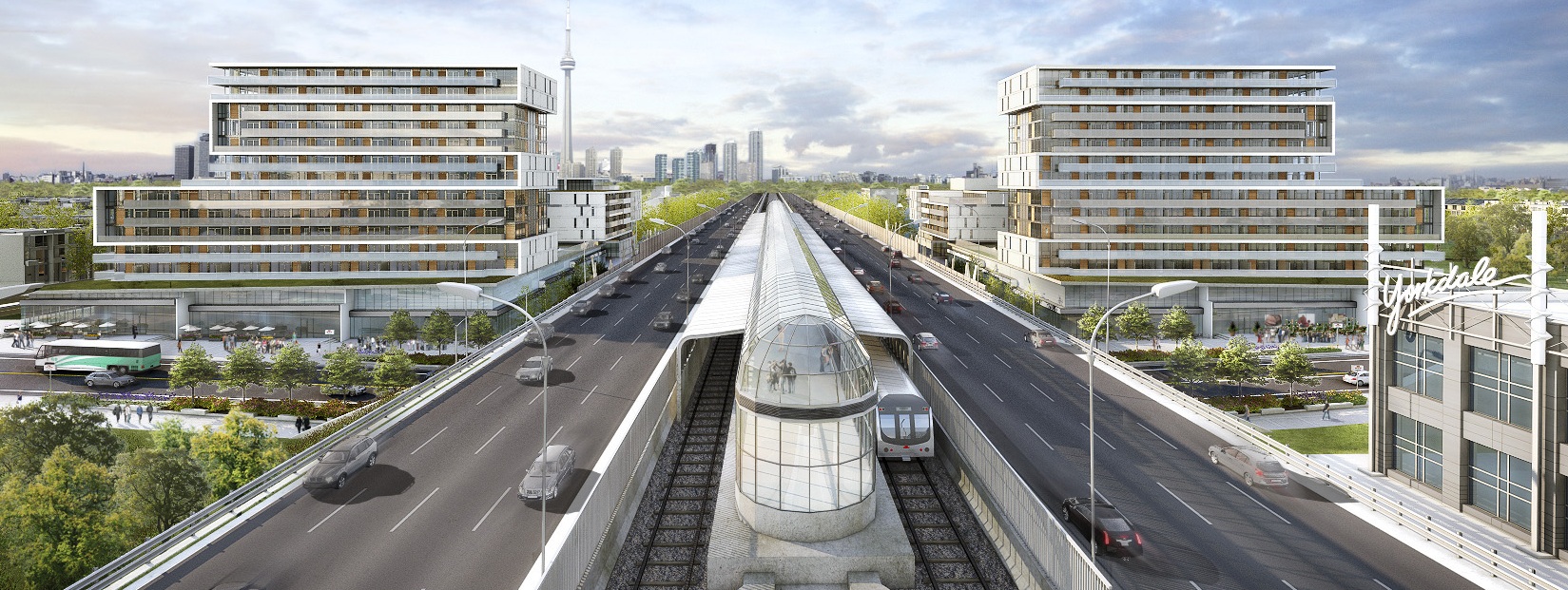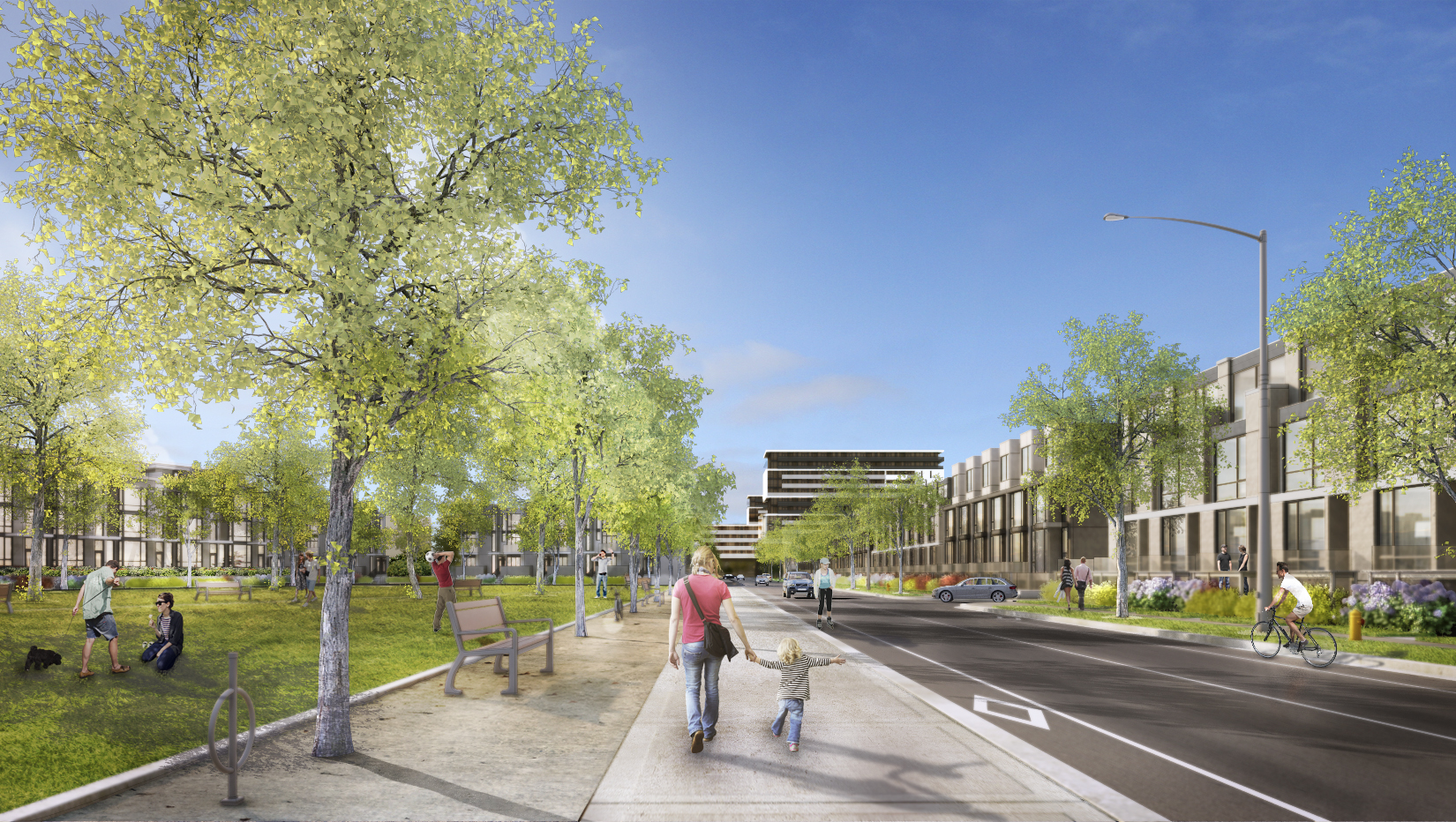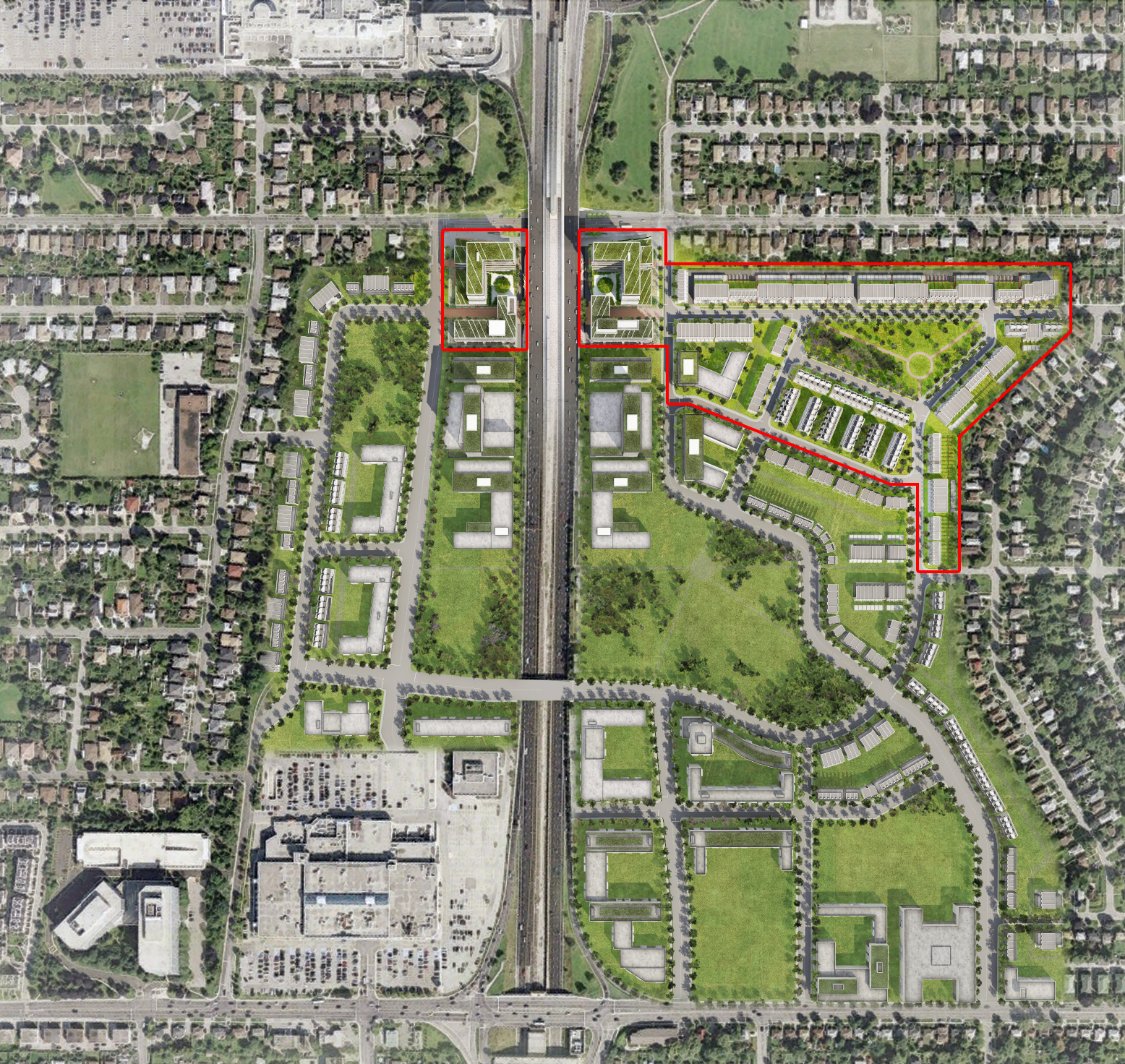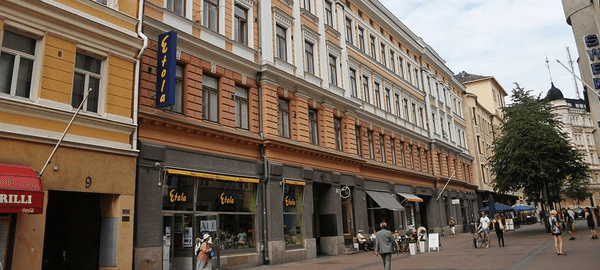Planning of the revitalization of Lawrence-Allen area started in June of 2008 with the first phase of the Lawrence-Allen Revitalization Study, in which data about the neighbourhood and community were collected and analysed. During the second phase of the study in 2009, alternative redevelopment plans were explored. In the last phase of the Lawrence-Allen Revitalization Study, which started in 2010, city staff, landowners, residents, and other stakeholders developed a Recommended Preferred Plan. This plan was given the official name of Lawrence-Allen Revitalization Plan, after the City Council endorsed the planning visions in July 2010.
The council then directed staff to continue community engagement and prepare a new secondary plan and implementation ideas. Three community forums in 2011 provided consultation by the citizens of Toronto: on March 3, 2011 regarding Buildings and Neighbourhood Design, on April 28, 2011 regarding Transportation, Transit, and Infrastructure, and on June 2, 2011 regarding Parks, Community Facilities, and Social Development. Additional consultations were launched with the Toronto Community Housing consultation, stakeholder meetings, and meetings of the Councillor Josh Colle Community Working Committee.
The City Council adopted new elements, which were a result of the community consultations, on July 12, 2011. As the last steps before the city council approved of the final version of the Lawrence-Allen Secondary Plan in November 2011, the plans were made available to the public and the North York Community Council accepted them. The Lawrence-Allen Secondary Plan was formally adapted to the City of Toronto Official Plan as Amendment No.162.
In November 2012, the Toronto City Council approved the Phase 1 by law amendments. Expectations of the City Council are that revitalization, renewal, growth, and change will occur. In February 2014, Phase 1 buisness Plan was approved by Toronto Community Housing Board of Directors. According to studies, two-thirds of Toronto’s population growth is projected to occur outside the city centre. The LARP could serve as an inspirational model for other areas of Toronto, guiding this evolution.
Since the City Council of Toronto took its first step towards developing the LARP, an inclusive community engagement process including stakeholders from all areas took place in form of large and small community meetings and workshops, surveys and tours, phone calls, e-mails, and face-to-face conversations. The City Council expresses its high level of dedication towards including the interests of the residents by hearing the voluntary Community Advisory Group (CAG) and regularly holding Community Forums, Open Houses, Workshops, and Youth Conferences of Revitalization. Invitations to these events are most often translated into ten languages and important documents on the LARP are available to the public on the City’s website.
Other stakeholders involved in the LARP are consulting groups (Arup, MMM group, LURA consulting, UMC, N Barry Lyons, Halsall, Corban and Goode, dmA, Ward and Associates and Dougan and Associates), the Toronto Community Housing (TCH), and the Toronto District School Board (TDSB). Staff from other city divisions (Social Development, Finance and Administration, Parks, Forestry and Recreation, Public Health and Children's Services) and the Lawrence Heights Interagency Network (LHION) also form part of the planning team.






